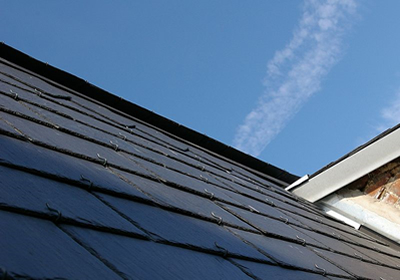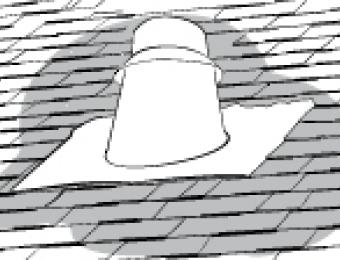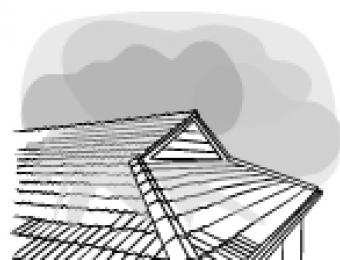
What is cladding?
Roof cladding is the layer of material which makes up the external surface of a roof. The ideal material for cladding is durable, affordable, weatherproof, fireproof, insulating against both temperature changes and noise, low maintenance, and attractive. In Australia, steel, concrete tiles and terracotta tiles are the most popular material for cladding, although many other options exist, including things like slate.
How to choose your roof cladding
Historically, your choice of cladding material would have been affected by the local availability of materials, coupled with the requirements imposed by the surrounding climate. While climate is still a relevant factor today, materials are more widely available, which provides us with a wide range of options for roofing materials - in theory, metal, terracotta, concrete, plastic, slate, fabric, asphalt, and organic plant matter can all be used as cladding.
When choosing cladding, the most important considerations will be:
- Where you live - The climate you live in will play a significant role in the cladding you choose for your roof. In warmer climates, keeping heat out is a big concern, whereas in southern areas it's more important to retain heat.
- The weight of the cladding - Cladding types differ vastly in terms of how much they weigh. While steel is relatively light, for example, concrete tiles weigh quite a lot. The weight of your cladding will affect your home's load bearing requirements.
- The style of your home - The roof cladding you select will have a significant impact on how your home looks - which in turn will affect its resale value.
- The colour of the cladding - Some local councils have restrictions on the colours that can be used for roofing, to help preserve the 'feel' of the neighbourhood. You should find out in advance if restrictions exist in your area. The colour of your cladding will also affect how well it repels or absorbs heat.
- Maintenance requirements - While it may be tempting to go for a rustic, intricate shingle cladding, it's also worth considering how much attention your roof will need as the years roll on. How easily (and cheaply) you're able to maintain your cladding may end up being a very big deal further down the track.
How is cladding installed?
When building a new home, installing the cladding is normally the last step in the roof construction. With a conventional truss framed roof, the roof frame is first constructed and put in position. Next, it's covered with a waterproof membrane or layer of felting. Any gaps around roof penetrations are then sealed with flashing. Finally, the cladding is put in place. The method of installation ultimately depends on what kind of cladding you have chosen.





